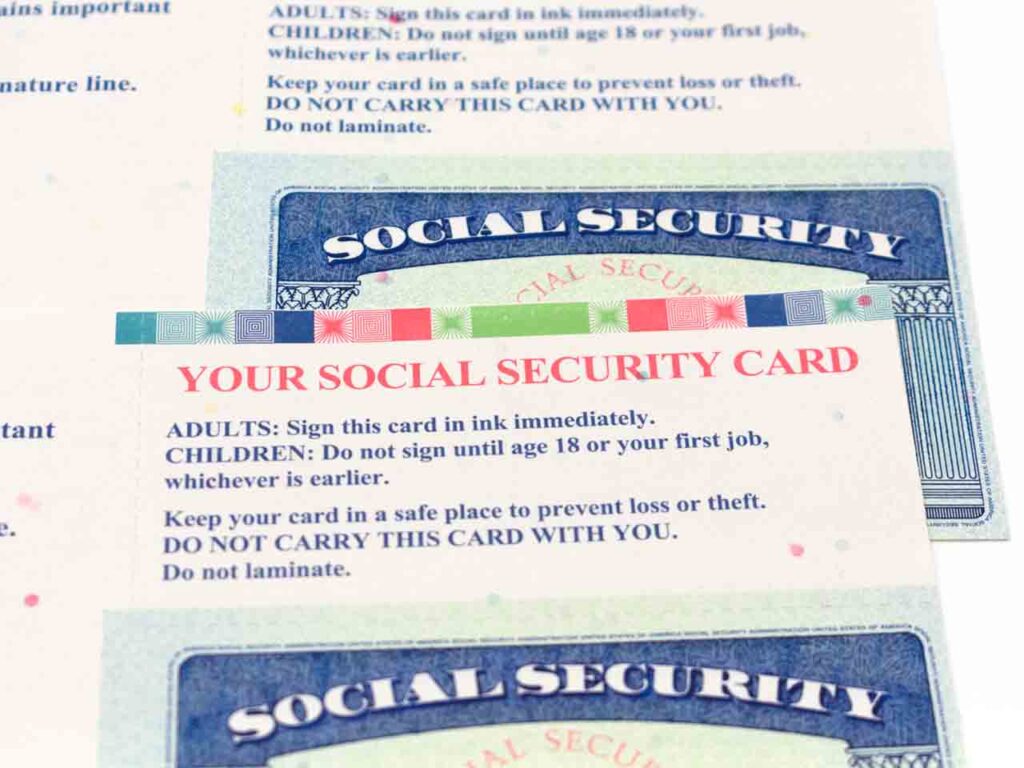By Charles Joseph | Cybersecurity Researcher
Published on
November 26th, 2022
This post was updated on November 25th, 2023
Table of Contents
show
Phishing attacks can be challenging to detect, as they often use clever tactics to deceive users into revealing sensitive information.
12 Tips to Reduce the Risk of Being Phished
- Be cautious with unsolicited messages: Treat unexpected emails, text messages, or social media messages with suspicion, especially if they ask for personal information or contain links or attachments.
- Verify the sender’s identity: Check the email address and domain of the sender to ensure it’s from a legitimate source. Be cautious of emails that use look-alike domains that closely resemble a legitimate website but have minor variations in spelling.
- Hover over links before clicking: Place your cursor over a link without clicking to preview the URL. Be cautious of unfamiliar or suspicious URLs that don’t match the expected destination.
- Don’t click on suspicious links or download attachments: Avoid clicking on links or downloading attachments from unverified sources, as they may lead to malicious websites or contain malware.
- Enable two-factor authentication (2FA): Use 2FA on your online accounts to add an extra layer of security, making it more difficult for attackers to gain unauthorized access, even if they have your login credentials.
- Keep your devices and software updated: Regularly update your operating system, applications, and antivirus software to protect against known vulnerabilities and security threats.
- Educate yourself about common phishing tactics: Familiarize yourself with the latest phishing techniques and red flags, such as urgent requests, poor grammar, or unusual sender email addresses.
- Use a reputable antivirus and anti-phishing tool: Install security software that includes anti-phishing protection to help detect and block phishing attempts.
- Don’t provide personal information in response to unsolicited requests: Legitimate organizations, such as banks or government agencies, will not ask for sensitive information via email or text message. If you’re unsure about a request, contact the organization directly using a verified phone number or email address.
- Check for HTTPS: When visiting websites, ensure they use HTTPS (indicated by a padlock icon in the address bar) to encrypt your data and protect your privacy.
- Report phishing attempts: If you encounter a phishing email or website, report it to the relevant organization, such as your email provider or the targeted company, to help them take appropriate action.
- Regularly monitor your accounts: Keep an eye on your financial and online accounts for any suspicious activity or unauthorized access, and report any discrepancies immediately.
Summary
By following these tips and maintaining vigilance, you can significantly reduce the risk of falling victim to a phishing attack.

Stay One Step Ahead of Cyber Threats
Want to Be the Smartest Guy in the Room? Get the Latest Cybersecurity News and Insights.
Remember that awareness and a healthy dose of skepticism are your best defenses against phishing attempts.
QUOTE:
"Amateurs hack systems, professionals hack people."
-- Bruce Schneier, a renown computer security professional
"Amateurs hack systems, professionals hack people."
-- Bruce Schneier, a renown computer security professional






